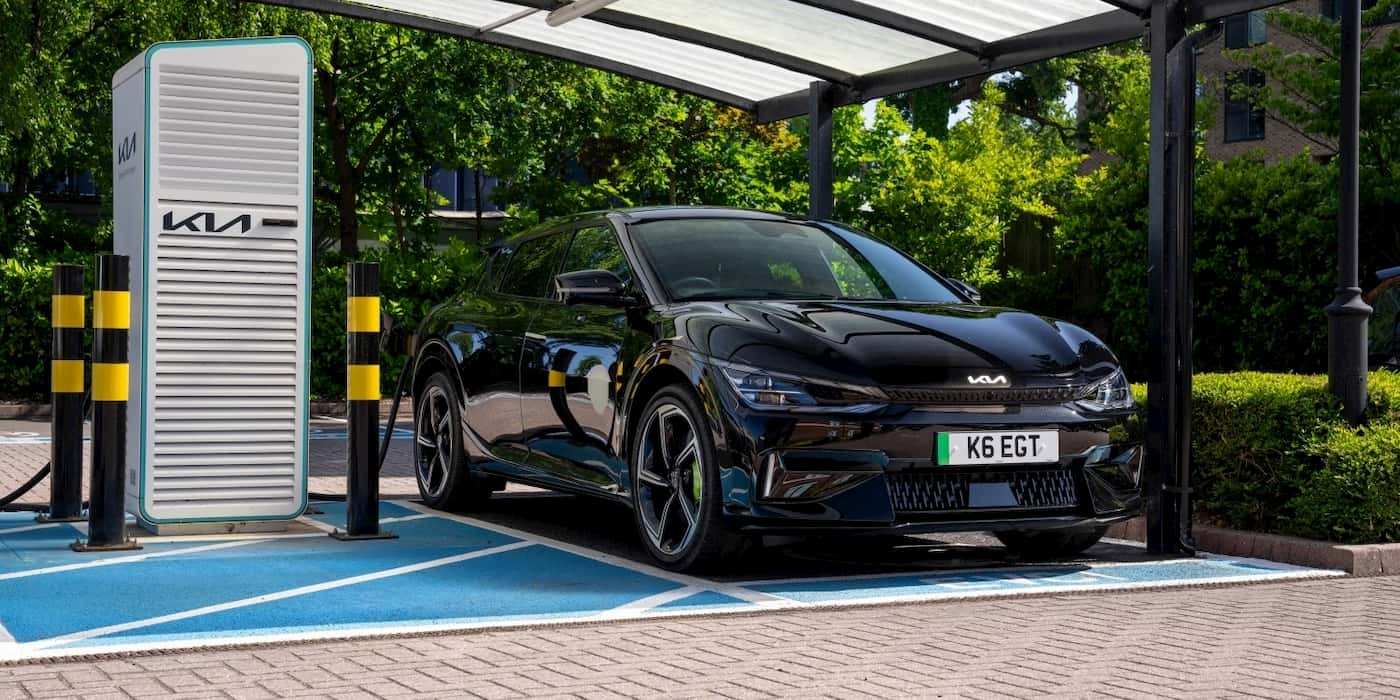
Kia is following in Ford’s footsteps after suddenly announcing plans to introduce more hybrids as it expects slower EV demand. To boost sales and fend off low-cost Chinese rivals, Kia will introduce a new lineup of affordable EVs in addition to hybrids starting this year.
After global sales slipped 2% last month, Kia is shaking things up with a new mid-to-long-term business plan.
The new strategy, revealed at Kia’s 2024 CEO Investor Day on Friday, is centered around electrification. Kia announced that it is shifting its electric vehicle plans to include more hybrids and affordable EVs.
Since its major re-brand in 2021, Kia has made noticeable changes in its products, design, and marketing efforts.
Kia’s president, Song Ho-Sung, announced Friday that “We are responding effectively to changes in the automobile market” with a new mid-to-long-term strategy.
The company is actively responding to changes in the market with increased competition and geopolitical uncertainties. In response to “the slowdown in EV demand growth,” Kia plans to launch more hybrids while introducing new low-cost electric models.

Kia expects the EV growth rate will be slower than expected from now until 2026 due to a deteriorating global economy and decreased subsidies.
Kia to strengthen lineup with new hybrids, affordable EVs
The Korean automaker is launching hybrid versions of its most popular models, like the Carnival HEV, launched last year. Kia plans to have six HEVs in its lineup this year, eight in 2026, and nine in 2028.
With the new models, Kia expects hybrids to account for 12% of global sales, or around 372,000 units this year. In 2028, Kia expects the number to rise to 19% of sales, with around 800,000 units sold.
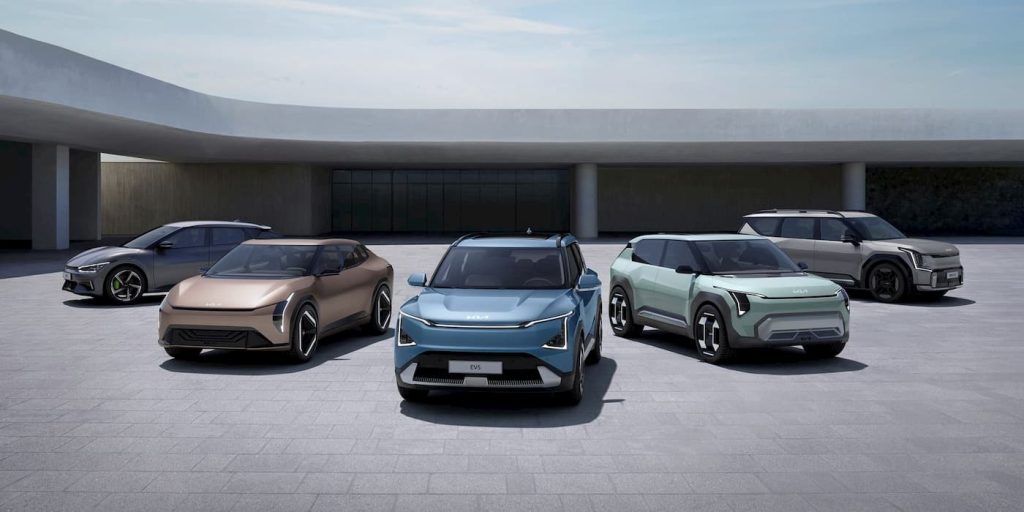
Kia is not abandoning fully electric cars. It plans to boost demand by launching a series of new affordable EVs.
Kia will introduce six affordable EVs in major markets, including North America, Korea, and Europe. These will include the EV2, EV3, EV4, and EV5, revealed during Kia EV Day in October.
The new EVs are part of Kia’s wide-ranging lineup covering nearly all segments with prices between $30,000 and $80,000.
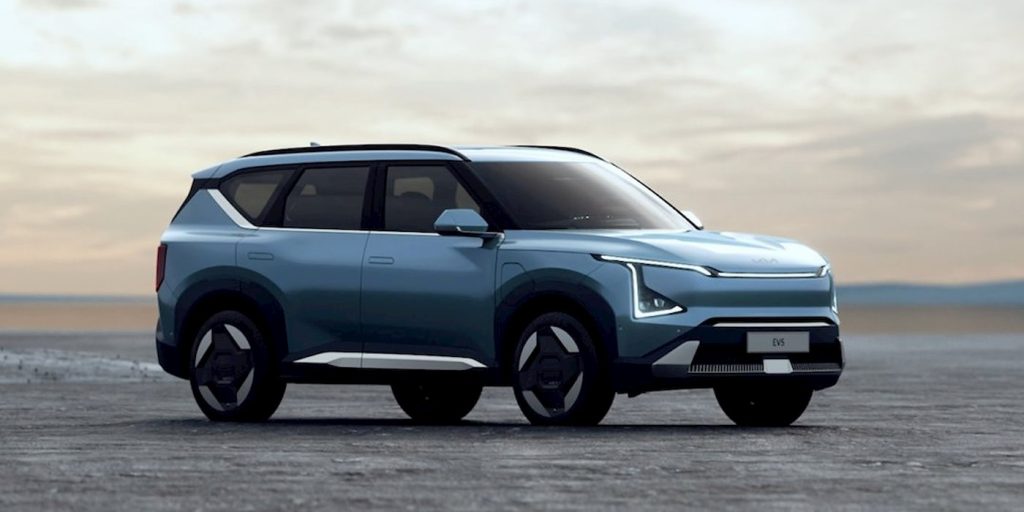
Kia expects sales of its low-cost EV models to reach 131,000 this year (43% of EV sales), 263,000 in 2025 (55% of EV sales), and 587,000 in 2026, or 66% of total electric car sales.
Kia already launched the EV5 in China with starting prices of around $20,000 (149,800 yuan), undercutting much of the competition. In Australia, it’s expected to start at around $46,000 (AUD 70,000).
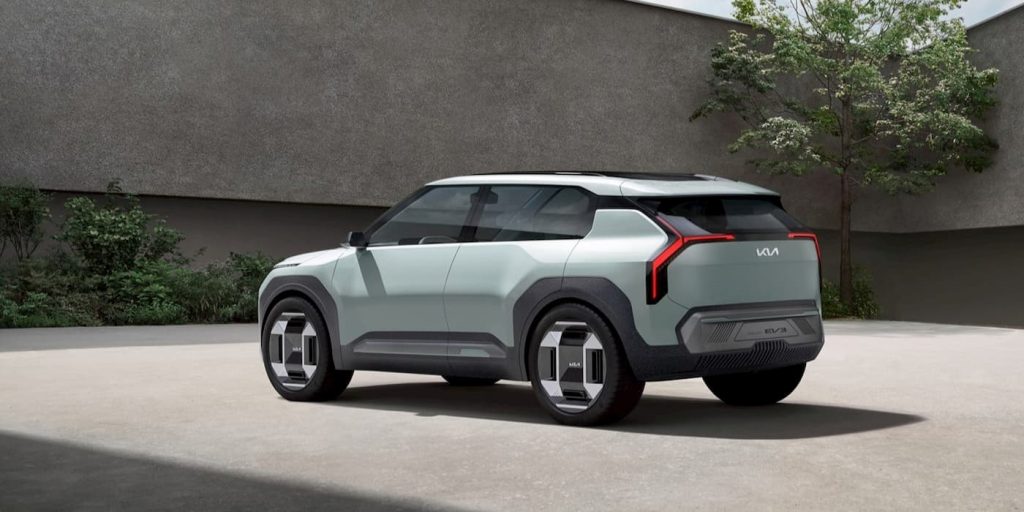
The EV3 is expected to launch this year (If not early 2025) starting at around $30,000 as the brand’s “vision of an all-electric compact crossover.” It takes much of the tech and design of its flagship EV9 and puts it into a smaller, more affordable package.
Kia’s EV4, an entry-level electric sedan, is expected to follow next year with starting prices around $35,000.
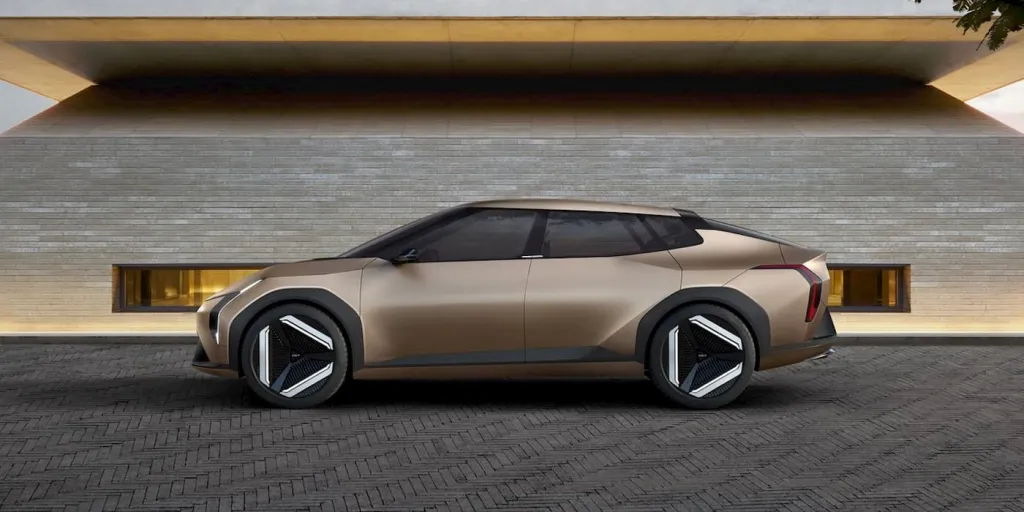
Two of Kia’s dedicated EV factories in Korea are expanding production of low-cost models as the brand looks to fend off low-cost Chinese rivals like BYD.
Kia expects overall EV sales to reach 307,000 this year, 1.147 million in 2027, and 1.6 million in 2030. The brand will continue advancing battery tech to improve the range and energy density of its vehicles.
Electrek’s Take
Kia is following Ford (and several others), which announced plans to delay its three-row electric SUV this week. Like Kia, Ford is looking to fill the gap with hybrids and affordable EVs.
However, Ford’s new low-cost electric vehicles will not be available until 2026. They are expected to include a smaller electric pickup and SUV, starting at around $25,000.
Kia already has an affordable EV and is expected to launch several more by 2026. The Korean automaker also introduced a three-row electric SUV to the market with the EV9.
In the US, Kia EV9 sales topped 4,000 in the first three months of 2024 after launching late last year. The EV9 starts at under $55,000 and has more rear legroom than the Cadillac Escalade and Range Rover P400 3-row, both of which cost over $80,000.
